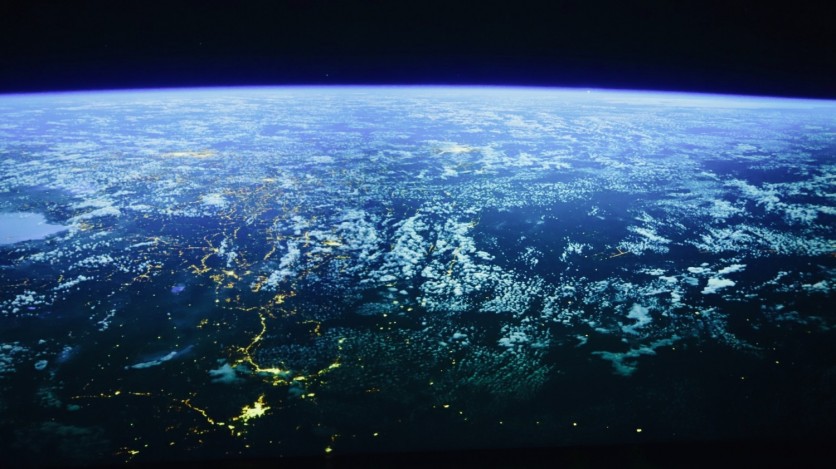The Earth is known for its constant evolution, but it was recently discovered by researchers that there is a trigger that leads to the planet's biodiversity seeing a massive boost, and it is through a tectonic cycle.
In the new study, it found that there were consistent cycles present in these changes, one that helps the Earth bring entirely new life to the planet.
Earth's Biodiversity Sees Boost Due to Tectonic Cycles every 36M Years

The University of Sydney unveiled via its latest study that there is such a phenomenon known as the "tectonic cycle," and basically, this centers on the Earth's tectonic plates and their movement or shift from underneath.
As per its statement, these movements in the tectonic plates "indirectly trigger bursts of biodiversity" that changes different aspects of the planet every 36 million years.
Using the GPlates plate tectonic software developed by the EarthByte Group at the University of Sydney, the team was able to measure sea levels to rise and fall that effect these changes.
"In terms of tectonics, the 36-million-year cycle marks alterations between faster and slower seafloor spreading, leading to cyclical depth changes in ocean basins and the tectonic transfer of water into the deep Earth," said Professor Dietmar Müller, co-author of the study from the School of Geosciences at the University of Sydney.
Read Also : 'Miracle Material' Perovskite Helps Scientists Break the 30% Efficiency Barrier of Solar Panels
Tectonic Plates Bring Massive Changes to the Planet
Interestingly, the team discovered that there are consistent cycles in the tectonic plates, with the team looking at evidence from sea-level variations, marine fossil records, and the planet's internal processes.
"These, in turn, have led to fluctuations in the flooding and drying up of continents, with periods of extensive shallow seas fostering biodiversity," Müller added. It helped different plants, animals, and other life forms to flourish or perish, depending on the Earth's effect on their habitat.
The Earth and its Continued Evolution
Our home planet is around 4.5 billion years old, and it saw significant changes throughout the many periods since it existed, with life teeming on Earth. It was known that planet Earth was not always like what we see in modern times, especially as different catastrophic events and massive animals changed a lot for the planet, with the evidence from thousands of years old fossils.
While it is widely seen mostly on land surfaces, the Earth's many changes are also evident from under the waters of the world. In the United Kingdom's Wales, researchers were able to discover a well-preserved marine dwarf world from underneath, and it brings a significant understanding of how the Earth was before, dating to 462 million years ago.
Humans and the biodiversity around them have been living together for long already, and both parties that inhabit the planet have adapted to each other and the world around them. The new research about the Earth's tectonic cycles brings a significant advancement in understanding more about how the planet works, especially with what more is in store for the future.
Related Article : Chinese Scientists Uncover Shocking Depth of Snow on Mount Everest, Their Findings Will Surprise You

ⓒ 2025 TECHTIMES.com All rights reserved. Do not reproduce without permission.




